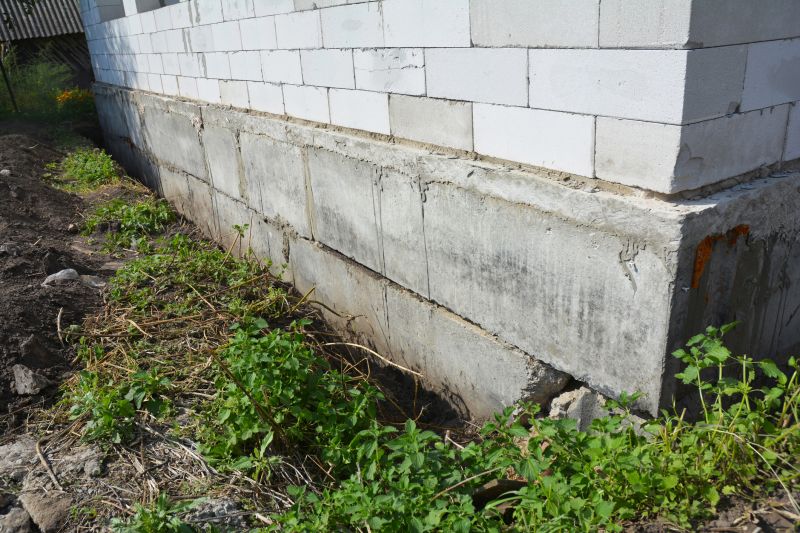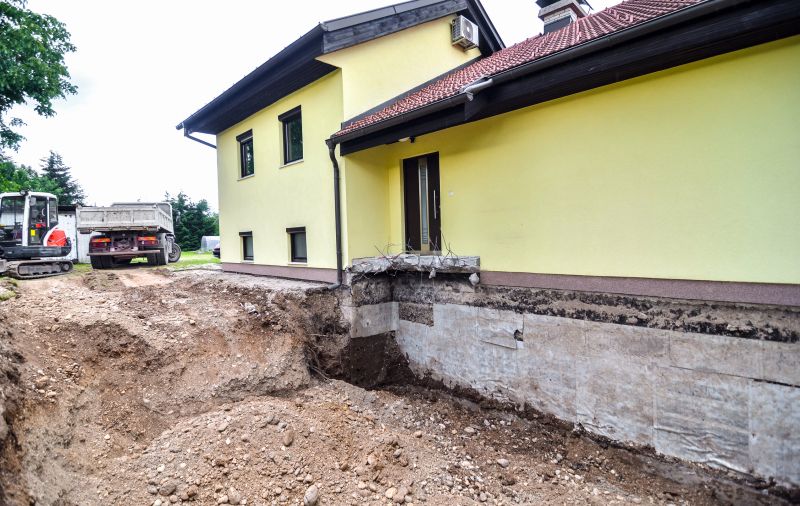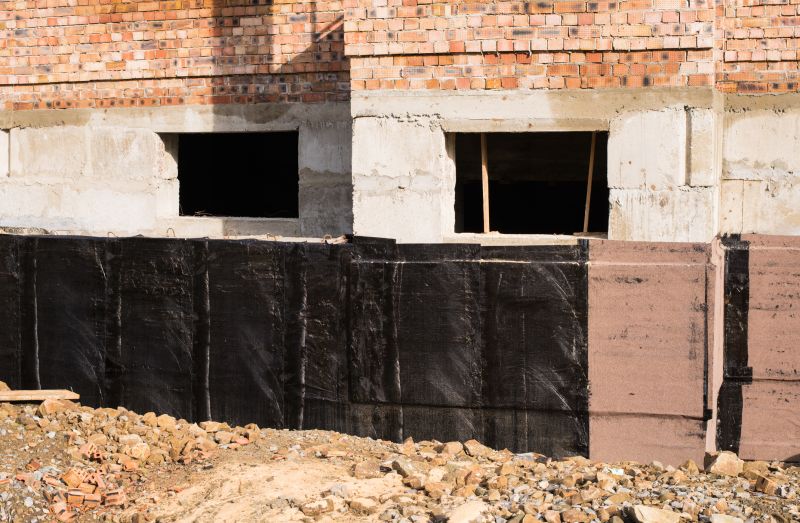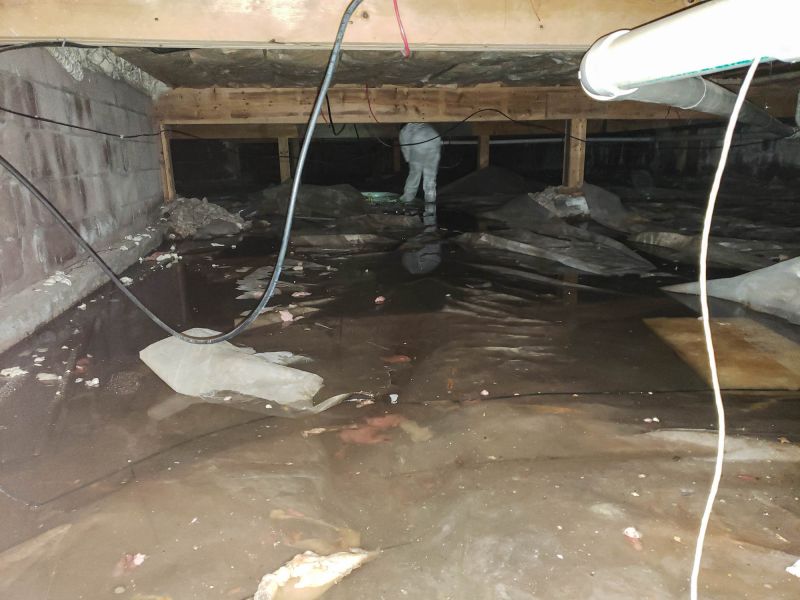Optimal Timing for Foundation Repairs
Determining the optimal time for foundation repairs depends on various factors including weather conditions, soil stability, and the severity of foundation issues. Proper timing can ensure more effective repairs and longer-lasting results.
Spring offers moderate temperatures and manageable moisture levels, making it a suitable time for foundation work. Soil tends to be more stable, reducing the risk of shifting during repairs.
Summer can be ideal due to dry weather, which facilitates excavation and foundation work. However, extreme heat may require scheduling adjustments to ensure safety and efficiency.
Fall provides cooler temperatures and stable soil conditions, often with less rainfall. These factors can contribute to smoother repair processes before winter sets in.
Winter is generally less favorable due to freezing temperatures and potential snow. Soil may be frozen, complicating excavation and foundation stabilization efforts.

Springtime foundation repairs benefit from moderate weather and soil conditions.

Dry summer months facilitate efficient excavation and stabilization.

Cooler fall weather supports timely foundation repairs.

Frozen ground can hinder foundation repair activities during winter.
| Season | Recommended Conditions |
|---|---|
| Spring | Moderate temperatures, manageable moisture levels |
| Summer | Dry weather, stable soil |
| Fall | Cool temperatures, less rainfall |
| Winter | Freezing temperatures, frozen soil |
Foundation repairs are crucial for maintaining structural integrity and preventing further damage. Addressing issues promptly can reduce long-term costs and improve safety. Common signs indicating the need for repairs include visible cracks, uneven floors, and doors or windows that do not close properly. Soil conditions, weather patterns, and the severity of damage influence the timing and approach of repairs. Regular inspections can help identify problems early, ensuring repairs are performed under optimal conditions for durability.


